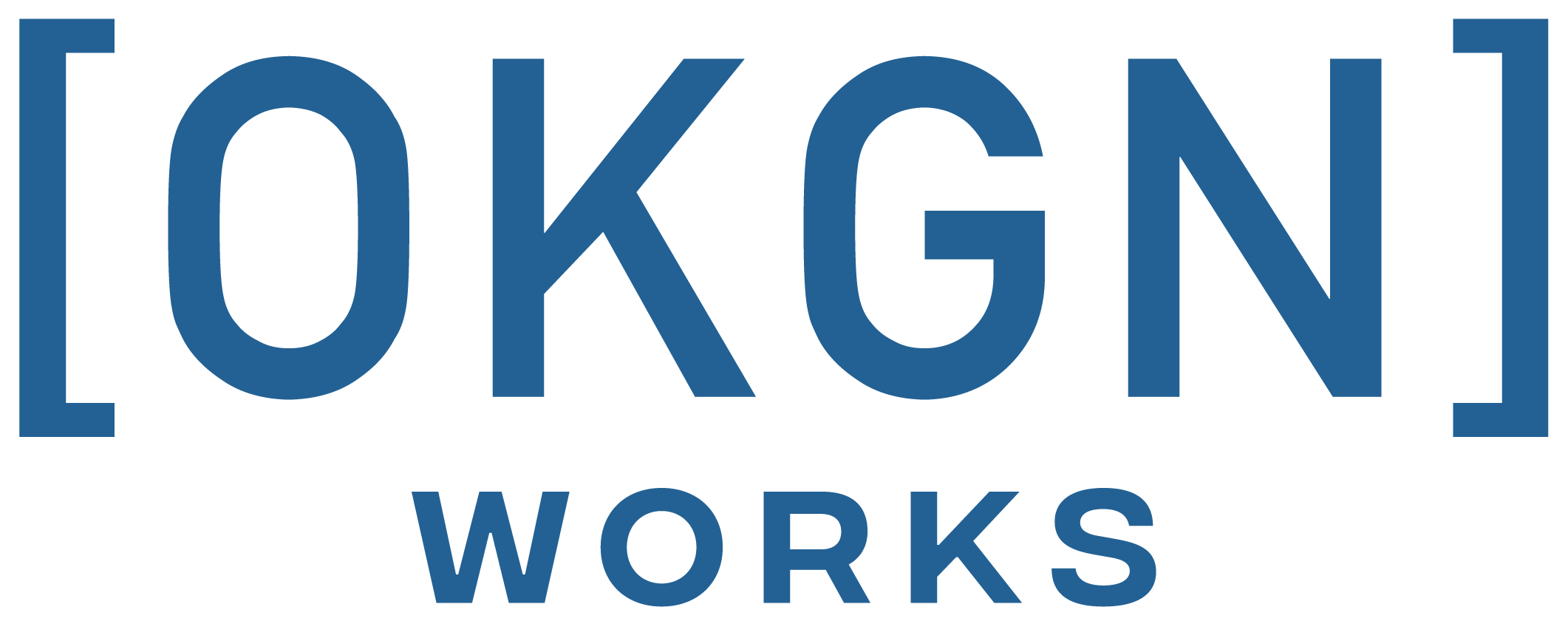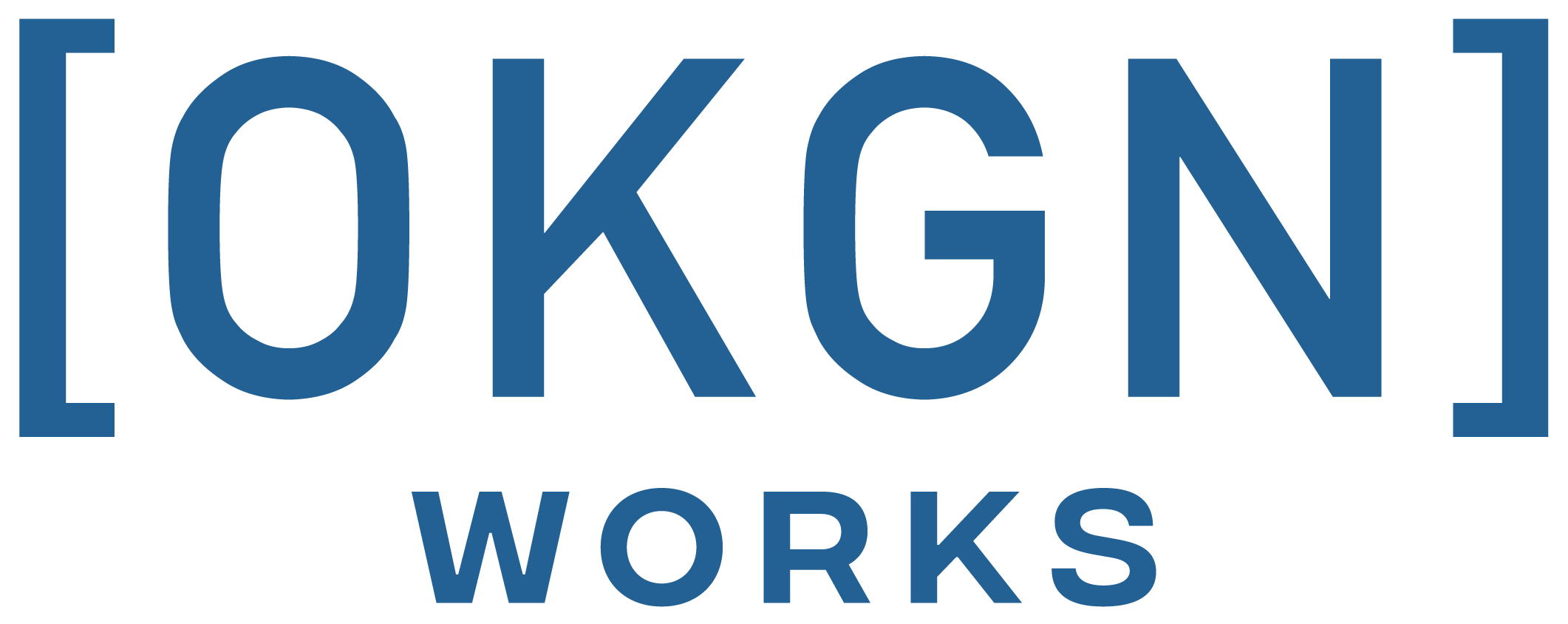Laura Mortensen joins us as a new #OKGNtech columnist, starting with the first edition of Aerospace News.
The Future of Aerospace and Aviation.
It seems obvious that there is technology involved in getting humans to fly. What is less obvious is what kinds of technology. Innovative thinking around the application of new technology to the world of aviation and aerospace is presenting some pretty exciting new possibilities.
Safety First.
One of the main priorities of air travel is safe and as a result aerospace and aviation is highly regulated. Changes to aircraft structure must be proven through extensive (and expensive) testing, so manufacturers often make only small upgrades in the release of the next model. What does this mean? There is a higher burden of certification on an aircraft that has a novel or unusual design feature.
Because of this, the actual look and basic design of aircraft have not changed a whole lot in the last 100 years. The industry has a great track record for safety, so it’s risky to try and make elaborate changes unless you are trying to pursue a whole new market. Space travel is an example of dramatic change. I mean, there are a whole different set of needs when you are traveling to a galaxy far, far away.
Aircraft manufacturing is also a rather slow and complicated process. The Boeing 787 Dreamliner is one of the newest aircraft on the market. The first one was completed in 2007 and they are still completing deliveries today.
Despite these challenges, new technologies continue to be layered with tried and true methods in an effort to innovate including advanced manufacturing, the blockchain, and automation.
Advanced Manufacturing.
Aerospace is an industry with tight margins and even tighter tolerances (a tolerance on a manufactured part is the amount that a measurement can vary from the measurement on the approved drawing). Many aerospace parts have a tolerance of +/- 0.0001”.
In the past, parts were machined by hand, and high scrap rates were just part of the process. Advances in computer modeling, automated machining as well as progress in measuring equipment has greatly improved the output and reduced the cost of scrapping material.
Using biomimetic materials for shape-changing aerospace surfaces is just one of the many new and innovative ways aircraft manufacturers are benefiting and driving the future of advanced manufacturing.
Blockchain.
The Global Distribution System (GDS) is a computerized network system used by airlines and travel companies around the world for bookings that ensures real-time inventory is reported and tracked throughout the network. There are many different GDS systems but most of them are old technology. The new systems being developed are limited by the fact that they still need to connect or work with these older systems making large-scale innovation next to impossible. The whole system is ripe for disruption and many believe Blockchain technology is what will finally make it possible.
The airport security process is another area of interest for Blockchain enthusiasts. Almost everyone has had an airport security experience that seems to take “forever”. In a recent article, published by Air Transport IT Review, Blockchain is all about trust and therefore there are some innovative possibilities for digital things like passports, pre-screening of baggage and trust based screening. Although many of these innovations come with their own web of difficulties, the opportunity is there.
“By 2020, we are going to see many industry verticals, including airlines, delivering high value to both themselves and their ecosystem of partners and suppliers using blockchain technology.” — Casey Kuhlman, CEO, Monax
Robotics.
Progress in the field of robotics is another area having a positive impact on the aviation industry. Robots have already been tested in airports around the world for cleaning, law enforcement, and customer service. There is also advancement to allow autonomous vehicles to perform snow removal and runway maintenance. In fact, because of the highly controlled airside environment, some believe airports provide the perfect testbed for driverless vehicles, everything from shuttles to baggage carts to bridges.
Connect with the author Laura, Aviation consultant at Curiosity Analytics & Consulting.







